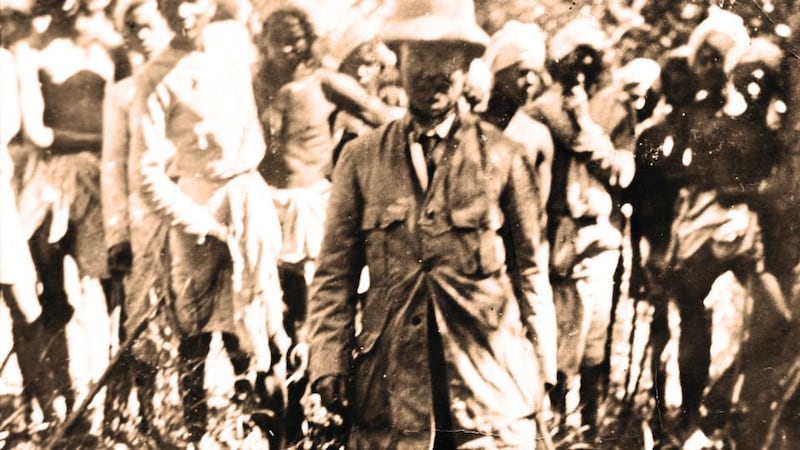Chance items in auction salerooms can bring to life the most unexpected aspects of our history. Among the lots on view at Sheppard's in Durrow, Co Laois this weekend, is the skin – complete with stuffed head – of a tiger shot in India in 1911.
The hunting trophy, which has been carefully preserved by a taxidermist, was brought home to Ireland as a souvenir of the British Raj. Remarkably, a photograph of the moment the tiger was shot has also survived and the rare combination will go under the hammer with an estimate of €800-€1,200.
Despite appearances, this particular huntsman doesn't quite fit the stereotype of a pith-helmeted, British colonial official. He was, in fact, a Church of Ireland bishop. Eyre Chatterton was born in Monkstown, Co Cork and educated at Trinity College Dublin. He later joined the university's mission to spread the Gospel in northern India.

Chatterton served as bishop of Chota Nagpur from 1903-1926 – a diocese the size of Ireland and partially covered by tiger -infested jungle – and was stationed in Hazaribagh, 74 miles from the nearest railway station.
The Dublin University mission to Chota Nagpur established schools, a seminary, a dispensary and a hospital, taught local girls how to make Irish crochet lace and tried to convert the native Hindus to Christianity.
After serving in India, Chatterton moved to England and became a curate in Richmond, Surrey where he died in 1950. The tiger skin (Lot 1,388) has been consigned to the auction by a family descendant along with more domestic mementoes of the Raj, such as Lot 842, a jade-handled, silver baby’s rattle (€150-€250); and, Lot 1107, “an Edwardian tortoiseshell paper knife or page turner”, the blade inset with a silver medal commemorating the visit to India, in 1905-06 of the Prince and Princess of Wales (€200-€300).
Social history of a different kind is revealed in Lot 671, a 19th century oval copper fish pan and cover stamped "Shelbourne Hotel and Fletcher & Phillipson, Dublin" (€800-€1,200). Fletcher & Phillipson was a hardware shop on Baggot Street that closed decades ago. The company now trades as Wigoders on the Long Mile Road in Crumlin, selling paint, wallpaper, furniture and lighting, but not kitchen utensils.
The two-day auction on Tuesday and Wednesday has more than 1,500 lots of antiques, art and collectibles.
Other highlights include items from Glenmalire House, Co Laois including Lot 1,315 a Minton majolica ewer and stand "believed to be from Castletown House, Celbridge, Co Kildare" (€1,500-€2,500) and Lot 877, a "George III silver kettle, stand and lamp" made by John Carter, London 1773 (€1,500-€2,500).

















